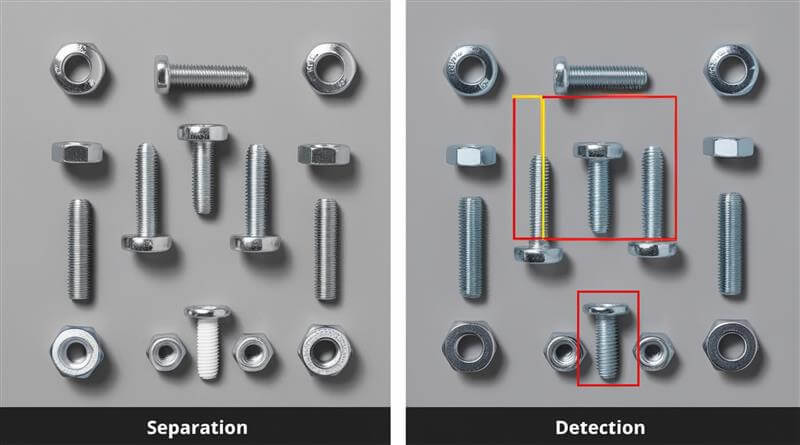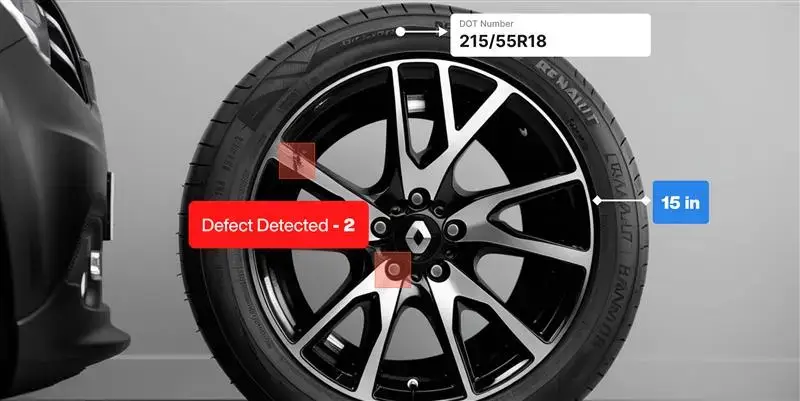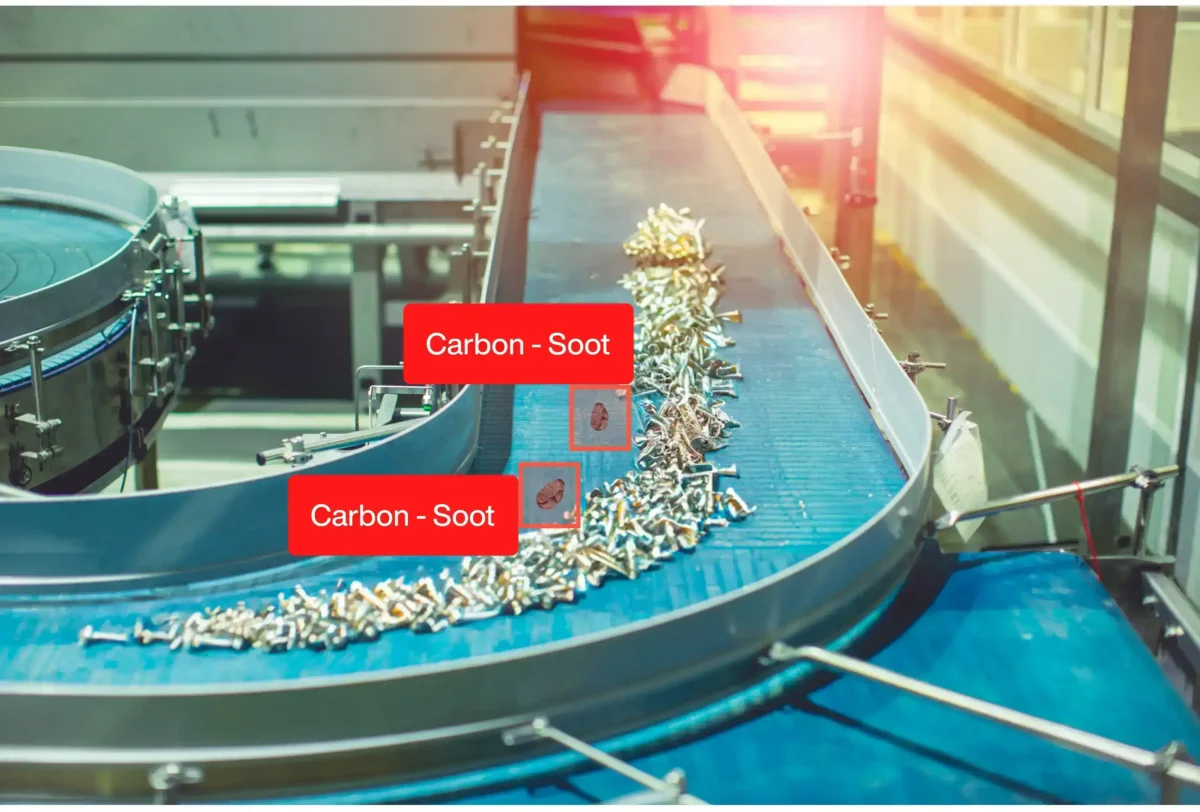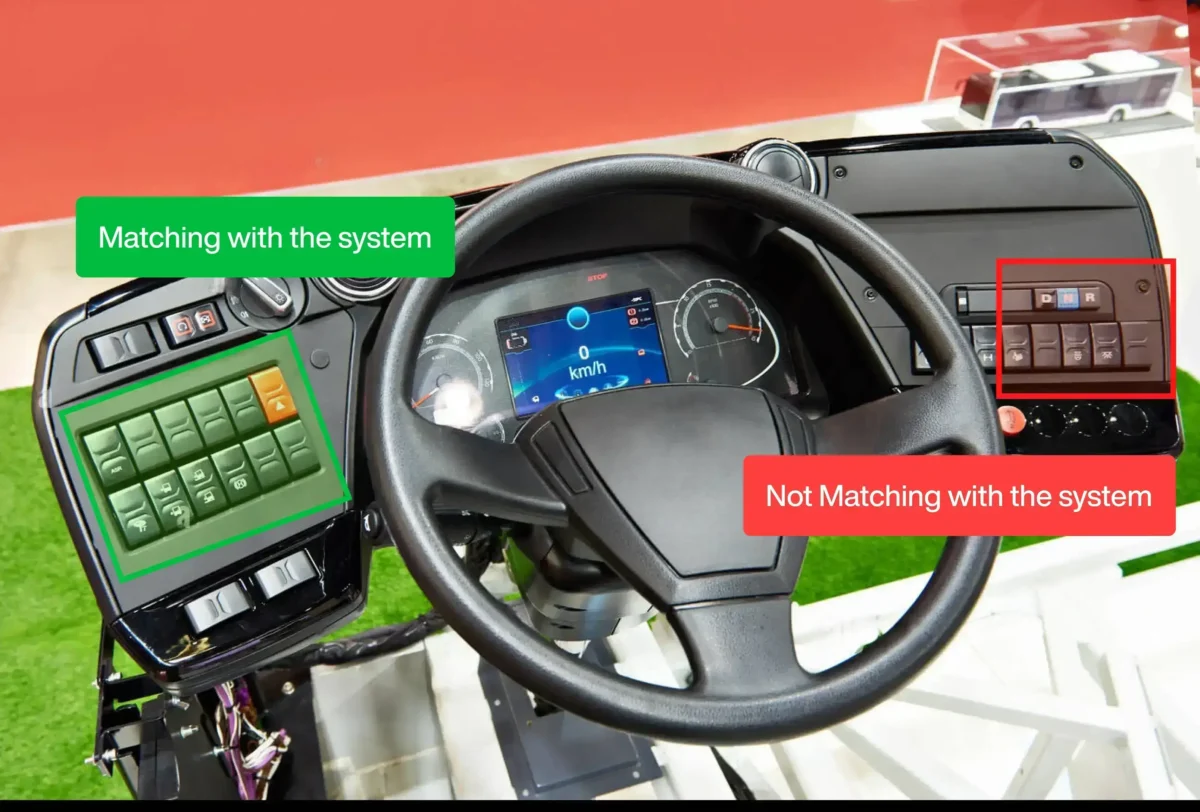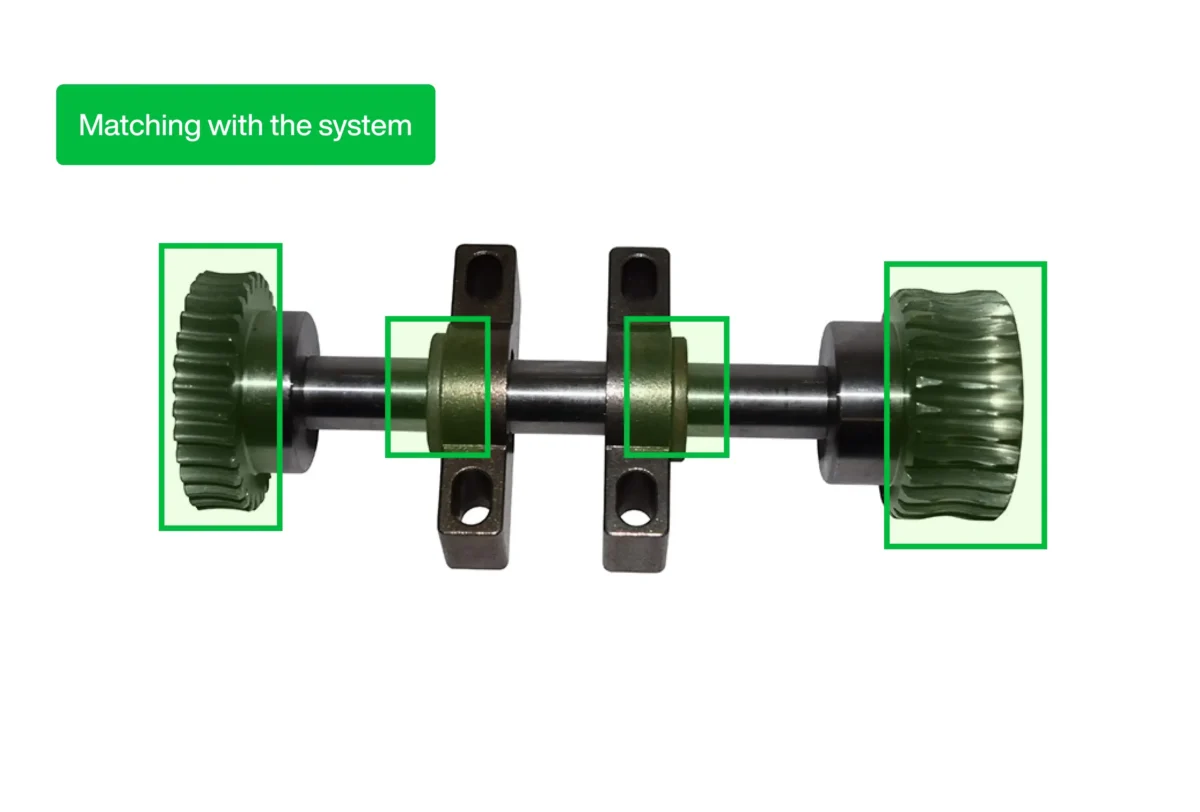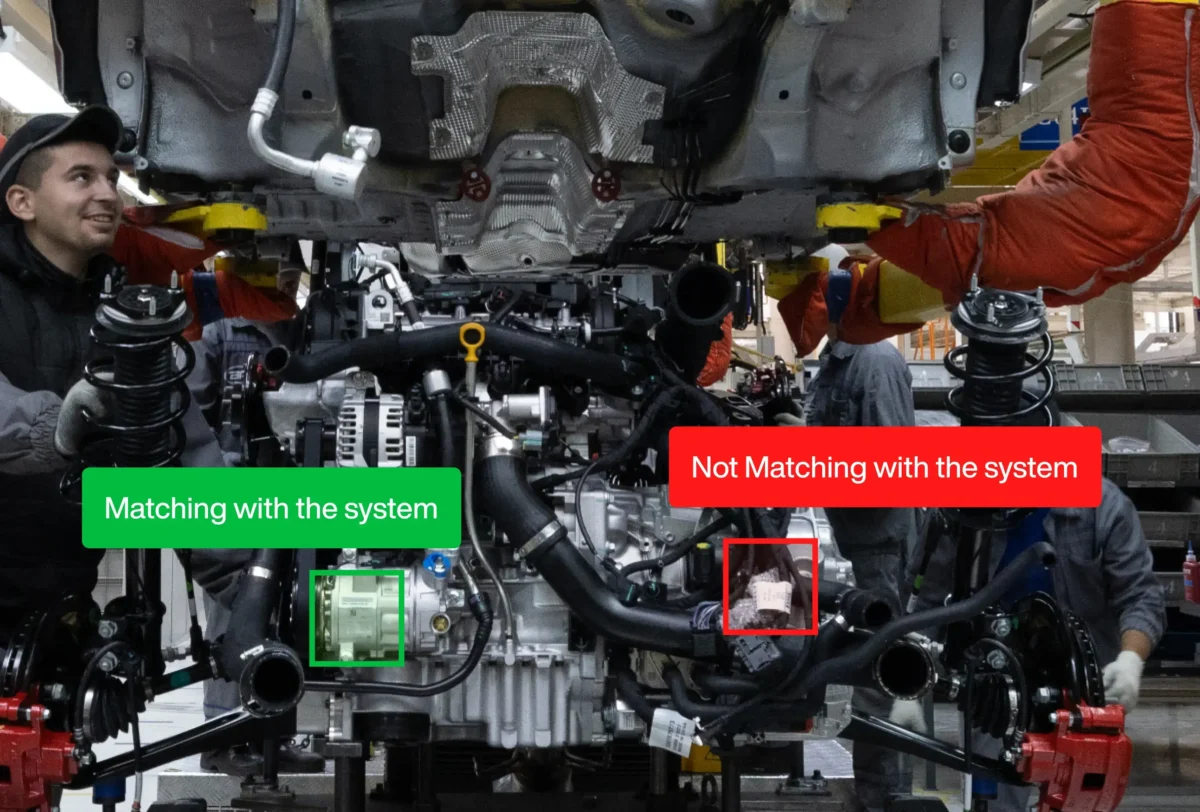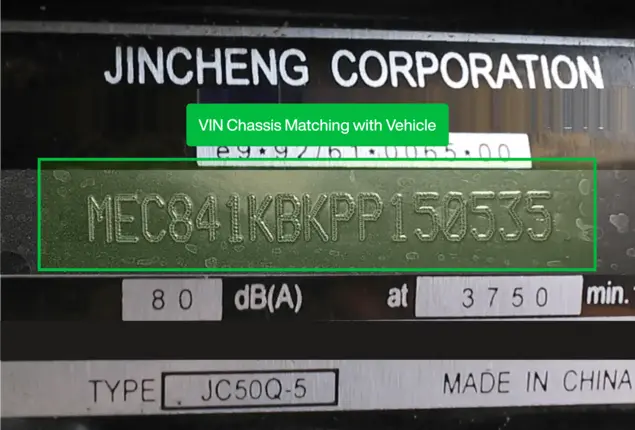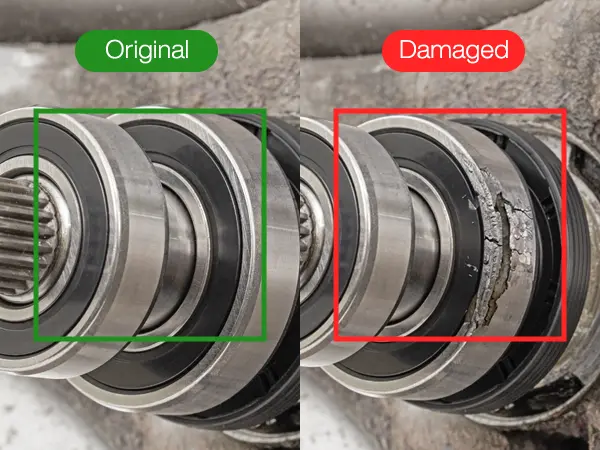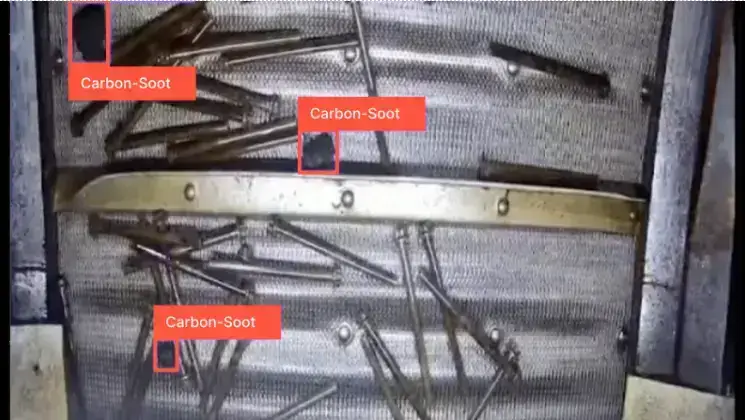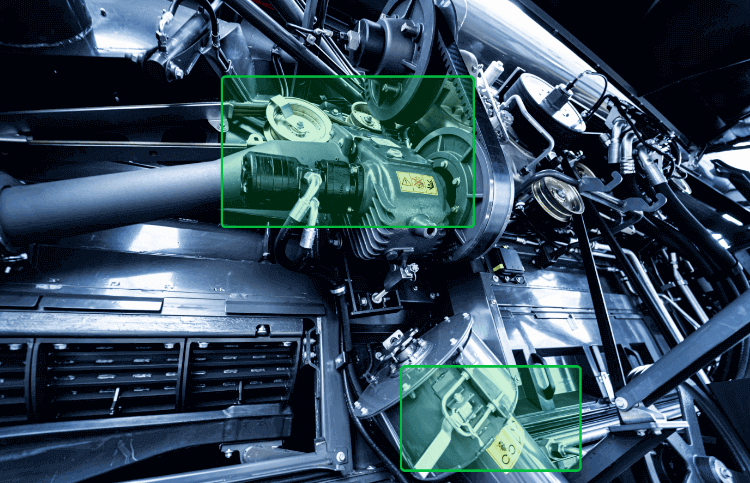Introduction
In the world of fastener manufacturing, precision is everything. A leading fastener manufacturer in the US faced a persistent issue: ensuring the accurate count of bolts and nuts post-production before shipment. Missing components in shipment boxes led to customer dissatisfaction and increased returns, impacting the manufacturer’s reputation and operational efficiency.
To address this challenge, Scanflow introduced a state-of-the-art solution using vision intelligence technology. This innovative approach revolutionized the counting process, ensuring every shipment meets exact specifications. Below, we explore the problem, the implemented solution, and the significant impact on the manufacturer’s operations.
Problem Statement
For the fastener manufacturer, the challenge was twofold:
- Counting Accuracy: The manual or semi-automated process of counting bolts and nuts after retrieval from the furnace conveyor was prone to errors. This often led to discrepancies in the packed quantities.
- Customer Dissatisfaction: Boxes with missing components resulted in customer complaints, returned shipments, and a loss of trust. This not only disrupted operations but also added costs for re-shipping and quality rechecks.
The manufacturer needed an automated, reliable solution to eliminate counting errors and ensure accurate shipments.
Our Solutions
Vision Intelligence for Counting Precision
- Challenge: Achieving accurate counts of bolts and nuts before packaging.
- Camera-Based Vision System: Scanflow implemented a vision intelligence solution utilizing high-resolution cameras to capture images of bolts and nuts as they move along the conveyor.
- Automated Counting Algorithm: Advanced image processing algorithms analyze the captured visuals to count each bolt and nut accurately in real-time.
- Integration with Packing Systems: The system integrates seamlessly with the packaging process, ensuring the correct quantity of components is packed into each box.
Solution:
Quality Control Verification
- Challenge: Making shipments QC-verified before dispatch.
- Final Inspection Alert: The system flags any discrepancies in count before boxes are sealed, allowing operators to correct errors immediately.
- Real-Time Reporting: A dashboard displays live count data, providing transparency and accountability in the QC process.
Solution:
Impact of the Solution
The implementation of vision intelligence technology delivered transformative results:
- 100% Accuracy in Counts: The automated system eliminated human errors, ensuring every box contained the precise number of bolts and nuts as per customer requirements.
- Reduced Returns: Accurate shipments drastically reduced the number of returned boxes, enhancing customer satisfaction.
- Increased Operational Efficiency: Automation streamlined the counting and packaging processes, reducing time and labor costs.
- Enhanced Reputation: Consistent quality assurance reinforced the manufacturer’s reliability and strengthened customer relationships.
- Data-Driven Insights: Real-time reporting provided valuable data for process optimization and future scalability.
By leveraging vision intelligence, this fastener manufacturer overcame a critical quality control challenge, transforming its operations and reinforcing its commitment to excellence. The integration of cutting-edge technology not only ensured precise shipments but also enhanced customer trust and operational efficiency.
In the fast-paced world of manufacturing, adopting innovative solutions like Scanflow’s vision intelligence is essential for staying competitive, delivering exceptional quality, and driving growth in the industry.
